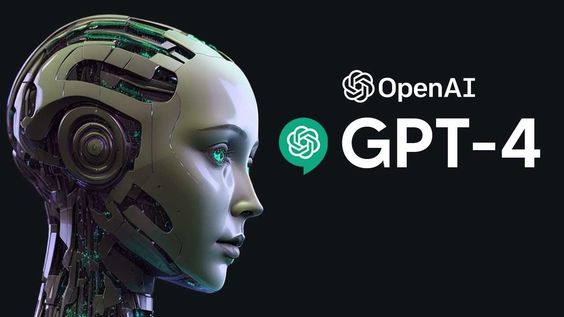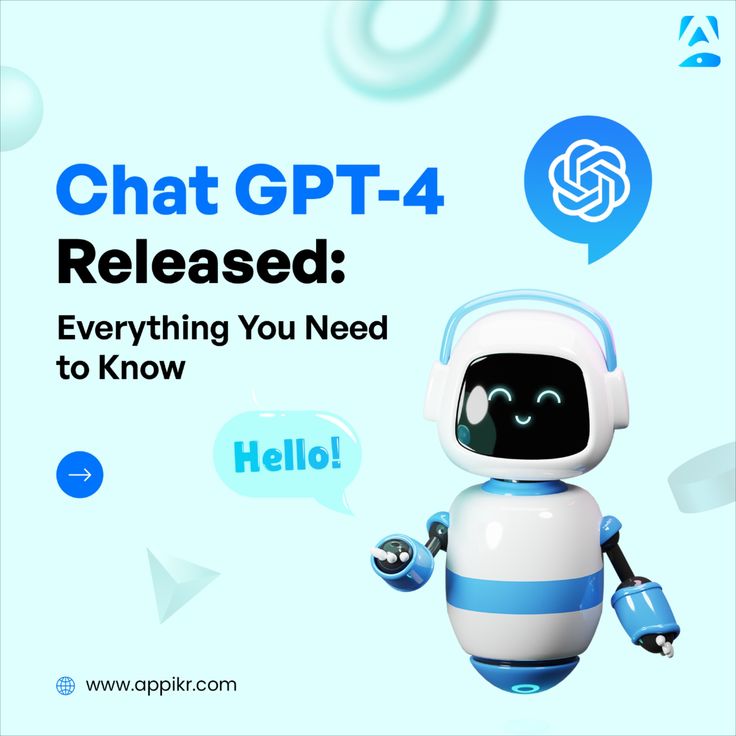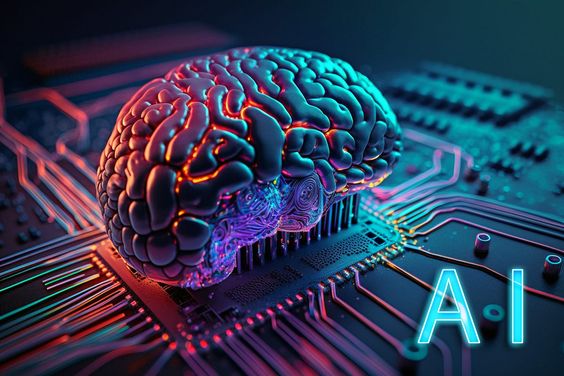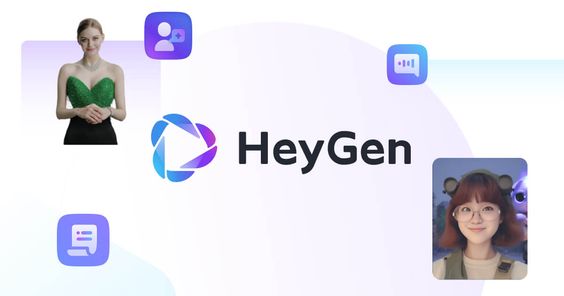ChatGPT-4: Advancing Conversational AI with Enhanced Natural Language Understanding
As the field of artificial intelligence continues to advance, OpenAI has unveiled ChatGPT-4, the latest iteration of its groundbreaking language model. ChatGPT-4 promises to push the boundaries of conversational AI even further, offering enhanced capabilities and unprecedented levels of natural language understanding. In this article, we’ll delve into the features, advancements, and potential applications of ChatGPT-4, highlighting its significance in the evolution of conversational AI.

Introduction to ChatGPT-4:
ChatGPT-4 represents the latest advancement in conversational AI technology, offering a more sophisticated and versatile chatbot experience than its predecessors. This fourth iteration of the GPT (Generative Pre-trained Transformer) series showcases significant enhancements in its architecture, training methodology, and overall performance.
At its core, ChatGPT-4 relies on a transformer-based architecture, a neural network model that excels in processing sequential data and generating coherent responses. Through its training methodology, ChatGPT-4 has been exposed to vast amounts of text data from diverse sources, enabling it to grasp a deeper understanding of language nuances and contexts. This extensive training data allows ChatGPT-4 to generate more contextually relevant and coherent responses, making conversations with the chatbot feel more natural and engaging.
One of the key improvements of ChatGPT-4 over its predecessors is its enhanced capability to carry on multi-turn conversations seamlessly. The chatbot can now maintain a more consistent context throughout a conversation, remembering previous interactions and incorporating them into subsequent responses. This ability to engage in longer and more complex dialogues makes ChatGPT-4 a more effective and reliable conversational partner.
Furthermore, ChatGPT-4 has been fine-tuned to exhibit a more nuanced understanding of emotions and sentiments, enabling it to respond with greater empathy and sensitivity. This emotional intelligence enhances the chatbot's ability to provide personalized and empathetic responses, fostering deeper connections with users.
Enhanced Natural Language Understanding:
Enhanced Natural Language Understanding is at the forefront of artificial intelligence development, with ChatGPT-4 leading the way in providing advanced capabilities for interpreting and responding to human language. One of the key advancements in ChatGPT-4 is its improved context retention, allowing it to better understand the nuances and subtleties of language by taking into account the full context of a conversation. This means that ChatGPT-4 is able to provide more relevant and accurate responses, taking into consideration not just the immediate input but also the broader context of the conversation.
Furthermore, ChatGPT-4 has made significant strides in handling ambiguity in language. Natural language is inherently ambiguous, with words and phrases often having multiple meanings or interpretations. ChatGPT-4 is designed to navigate this ambiguity more effectively, using sophisticated algorithms to determine the most likely interpretation of a given input based on the context provided. This results in more coherent and coherent responses, even in situations where the meaning of a message is not immediately clear.
In addition to improved context retention and ambiguity handling, ChatGPT-4 also boasts more accurate responses overall. Through extensive training on vast amounts of data, ChatGPT-4 has developed a deep understanding of language patterns and structures, allowing it to generate more precise and contextually appropriate responses. This means that users can expect more relevant and helpful interactions when engaging with ChatGPT-4, leading to a more satisfying and productive conversational experience.

Multi-Modal Capabilities:
ChatGPT-4 boasts an impressive array of multi-modal capabilities that set it apart from its predecessors. This cutting-edge AI model can seamlessly process and generate text in conjunction with various other forms of media, including images, audio, and video. By incorporating these additional modalities, ChatGPT-4 is able to offer a more immersive and interactive experience for users, allowing them to communicate with the AI in a more natural and intuitive manner.
One key advantage of ChatGPT-4's multi-modal capabilities is its ability to better understand and interpret the context of a conversation. By analyzing not just the text input, but also the accompanying visual or auditory cues, the AI can provide more accurate and contextually relevant responses. For example, if a user sends a picture along with a text message, ChatGPT-4 can use visual cues from the image to better understand the user's intent and provide a more personalized response.
Furthermore, ChatGPT-4's multi-modal capabilities enable it to generate more diverse and engaging content. By combining text with images, audio, or video, the AI can create rich and dynamic responses that cater to a wider range of communication styles and preferences. This versatility allows ChatGPT-4 to adapt to different types of conversations and provide more engaging and interactive interactions for users.
Continual Learning and Adaptation:
ChatGPT-4 showcases an impressive capability for continual learning and adaptation, enabling it to remain current with the ever-changing landscape of language trends and user preferences. This cutting-edge model is equipped with advanced algorithms that allow it to analyze and process vast amounts of data in real-time, enabling it to quickly assimilate new information and refine its responses accordingly. By constantly updating its knowledge base and adjusting its conversational style, ChatGPT-4 ensures that it can provide users with the most relevant and personalized interactions possible. This adaptability not only enhances the user experience but also showcases ChatGPT-4's unparalleled ability to evolve and improve over time.
Applications Across Industries:
ChatGPT-4, with its advanced natural language processing capabilities, has a wide range of applications across various industries. In customer service, ChatGPT-4 can be used to provide instant and personalized responses to customer inquiries, improving overall customer satisfaction and reducing response times. In content creation, ChatGPT-4 can assist writers and marketers by generating creative ideas, writing engaging content, and even helping with content optimization for SEO purposes.
In the realm of virtual assistance, ChatGPT-4 can act as a virtual assistant for businesses, helping with tasks such as scheduling meetings, answering emails, and providing information to customers. In education, ChatGPT-4 can be used as a tool to assist students with their learning, providing explanations, answering questions, and even generating quizzes and study materials.
In healthcare, ChatGPT-4 can be utilized to provide information to patients, answer medical queries, and even assist healthcare professionals with research and documentation tasks. Overall, the diverse applications of ChatGPT-4 across industries highlight its versatility and potential to revolutionize the way businesses and individuals interact and engage with technology.
Ethical and Societal Implications:
As technology continues to advance, the ethical and societal implications of ChatGPT-4 must be carefully considered. One major concern is the potential for bias in the AI system. ChatGPT-4 relies on vast amounts of data to generate responses, and if this data is not diverse and inclusive, the system may perpetuate biases present in society. This could lead to discriminatory or harmful outcomes for certain groups of people.
Additionally, misinformation is a significant issue with AI-powered chatbots like ChatGPT-4. The system may not always be able to distinguish between accurate information and false information, leading to the spread of misinformation to users. This could have serious consequences, especially in areas such as healthcare or politics.
Privacy is another key concern with ChatGPT-4. Users may unwittingly share sensitive information with the chatbot, which could be stored and potentially misused. As AI systems become more sophisticated, there is a need for robust privacy protections to safeguard user data.
Furthermore, the future of human-machine interaction is a topic of debate. While AI systems like ChatGPT-4 can provide helpful and convenient services, there are concerns about the impact on human relationships and communication. As people increasingly rely on AI for social interaction, there is a risk of isolation and decreased empathy.
In conclusion, ChatGPT-4 represents a significant leap forward in conversational AI, with its enhanced natural language understanding and multi-modal capabilities. As the technology continues to evolve, ChatGPT-4 holds the promise of revolutionizing various industries and transforming the way we interact with machines and each other. However, it also raises important ethical and societal considerations that must be addressed as we navigate the future of AI-driven communication.




